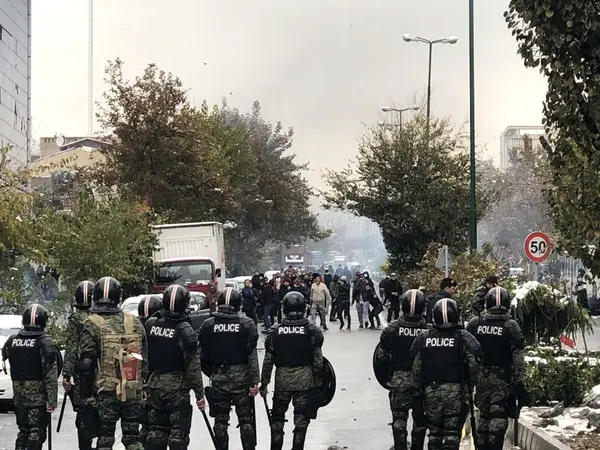Iran may be quietly preparing for the politically risky move of raising fuel prices and selling gasoline at three different rates, Iran International has learned.
An informed source said that the government has notified gas stations to be ready for the implementation of the plan which will introduce a new ration at between 80 to 90 percent of gasoline spot prices in Persian Gulf countries, or at least 15 times higher than the current 3 US cents Iranians pay per liter.
Iran has the world’s second cheaper gasoline after Venezuela.
Such a sudden increase for gasoline, bought in addition to a 60-lter monthly ration, can cause unrest following the longest nationwide protests that shook the country in the closing months of 2022.
Iran International has also learned that security organizations have been preparing for possible protests and ready to confront any unrest.
Software required for the calculation of prices based on the use of digital ration cards have been updated at all gas stations and banks have taken the required measures for processing the payments during the past one year, he said.
The sources also said a new plan introduced in Urumieh, capital of West Azarbaijan Province, is in preparation and a prelude to the implementation of the new measures.
Ahmad Mojarad, managing director of the government-owned Oil Products Distribution Company of Urumieh, told the official news agency IRNA Sunday that digital gasoline rationing cards in Orumieh will be charged with 210 liters per month (60 liters at the subsidized rate of 15,000 rials and an extra 150 liters at 30,000).
Therefore, anyone who needs to use more than 55.5 gallons a month has to pay a price close to international rates, while Iranians have been impoverished by a 70-percent annual inflation rate.
The government has not announced any new rationing plans yet but in March, just days after Iran International reported that national reserves were down to five-days’ supply, the CEO of the National Iranian Oil Refining and Distribution Company, Ali-Akbar Nejad-Ali, urged people to reduce gasoline consumption.
The semi-official Iranian Students News Agency (ISNA) reported then that the average consumption of gasoline between March 11 and 20 stood at 121.8 million liters, up by 13.9% in comparison to the same period the year before.
Gasoline was first rationed during the Iran-Iraq War (1980-1988) when paper coupons were required for its purchase.
In 2007, introduction of digital fuel ration cards by the government of President Mahmoud Ahmadinejad caused unrest in some cities including the capital Tehran where several gas stations were burned down by angry protesters. At this stage rationed subsidized gasoline was sold at 1,000 rials per liter and extra fuel cost 4,000. These prices were raised to 7,000 and 10,000 in 2014 by the administration of his successor, President Hassan Rouhani.
In 2015, two years after the nuclear deal with world powers, officially known as the Joint Comprehensive Plan of Action (JCPOA), rationing and two-price plan were removed by the government which argued that these caused corruption and gasoline began to be sold at 10,000.
When sanctions slapped on Iran in 2018 by the administration of the US President Donald Trump began to bite, rationing and the two-price system had to resume. This time, the subsidized rate rose to 15,000 rials for 60 liters per month and additional fuel was priced at 30,000.
After months of rumors, the government abruptly announced the new plans on November 14, 2019. By the evening of the same day, protesters had taken to the streets in several cities including Ahvaz, Mashhad and Shiraz and one protester was killed in Sirjan.
Protests which authorities very heavy-handedly suppressed, soon spread across the country, and lasted for almost a week.
The government never released any figures on the death toll or announced the number of protesters arrested by security forces. Reuters at the time reported 1,500 deaths.
